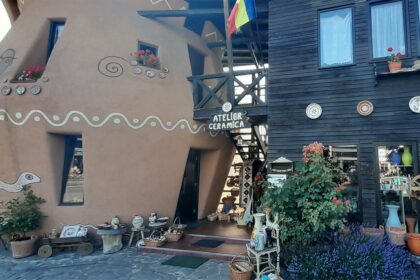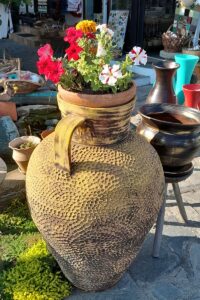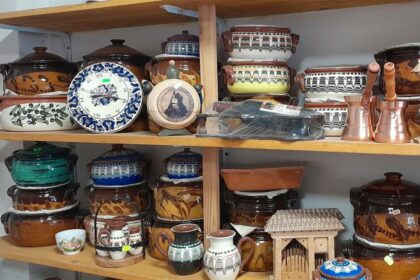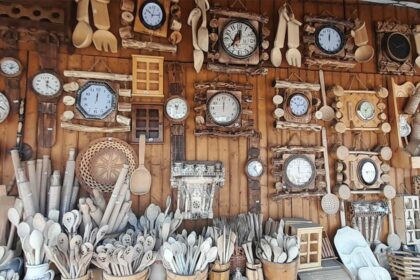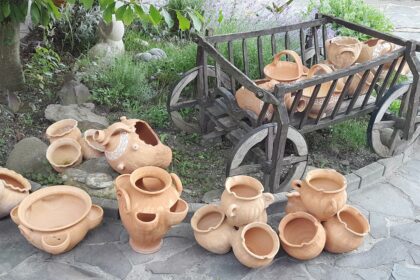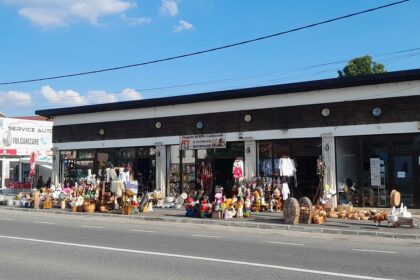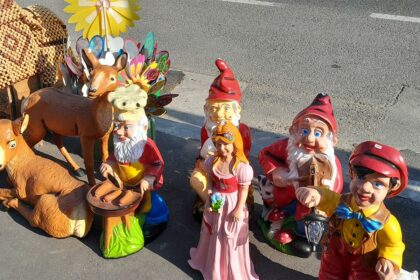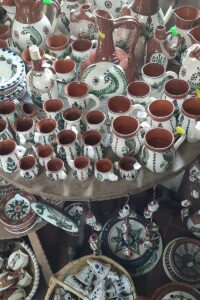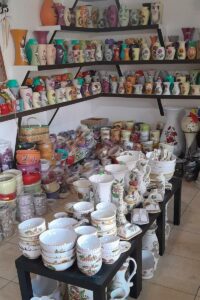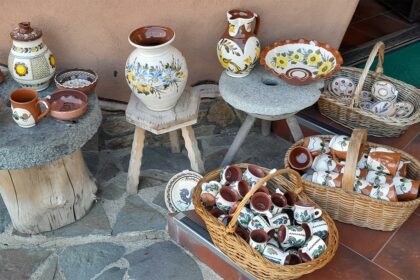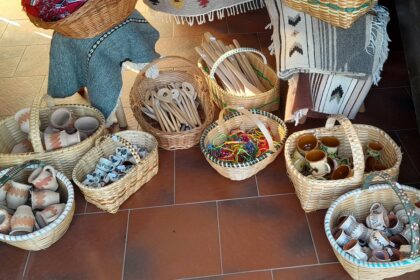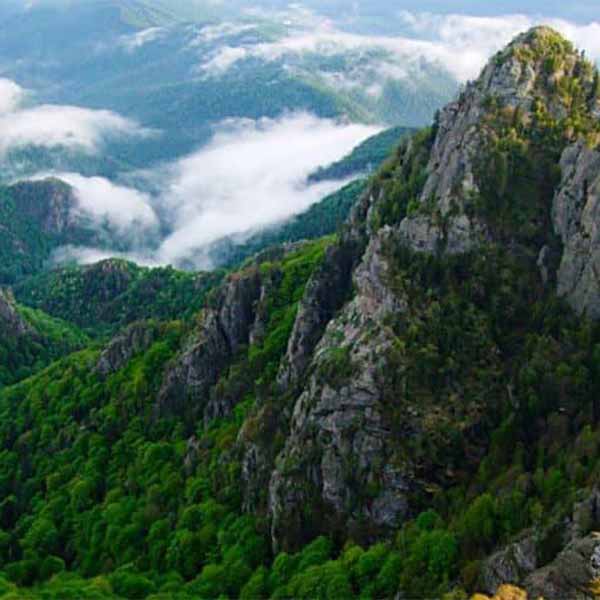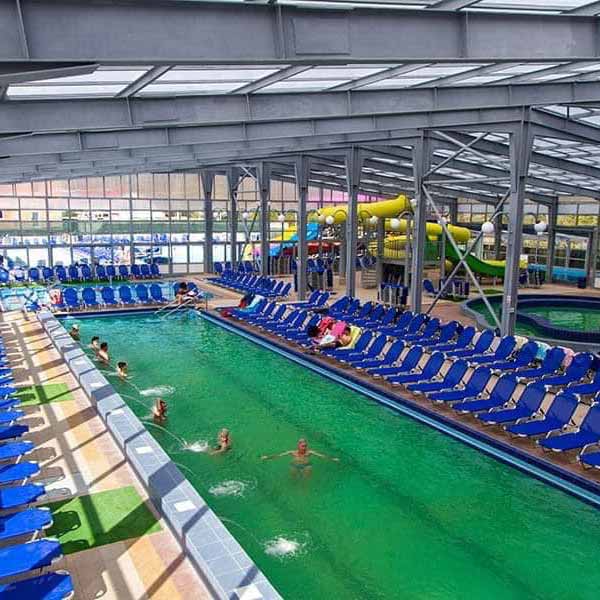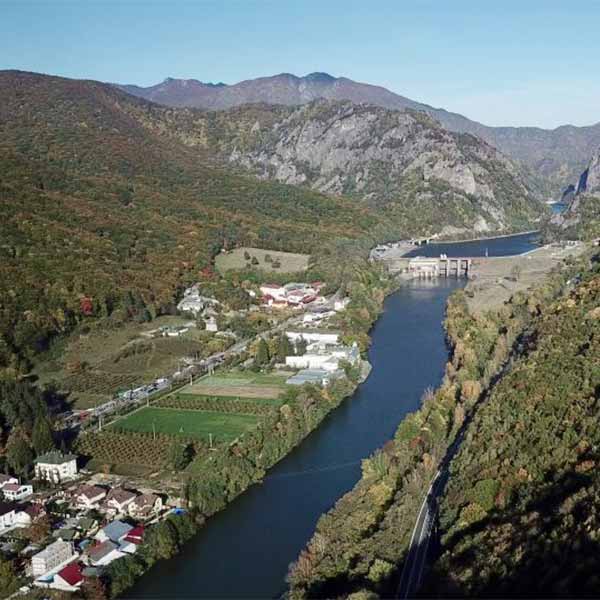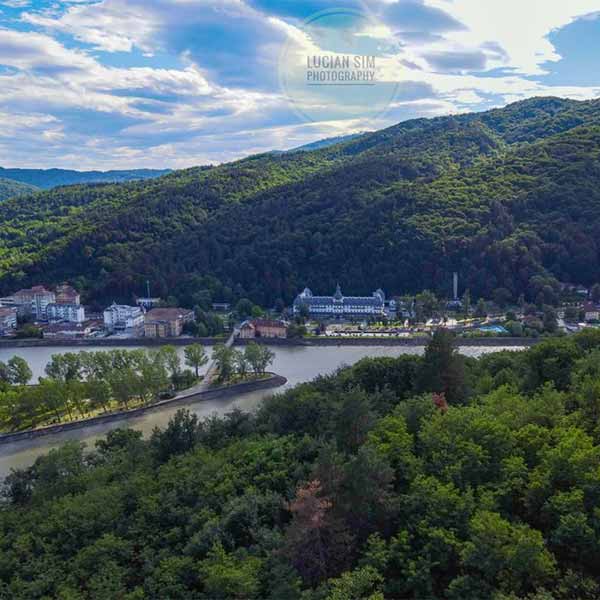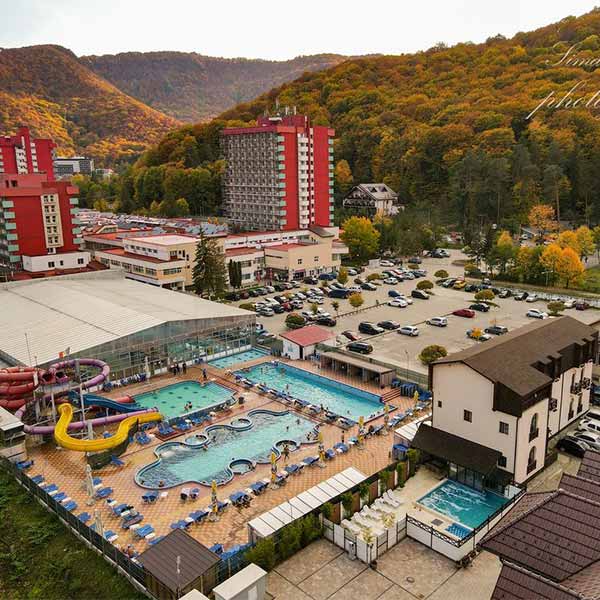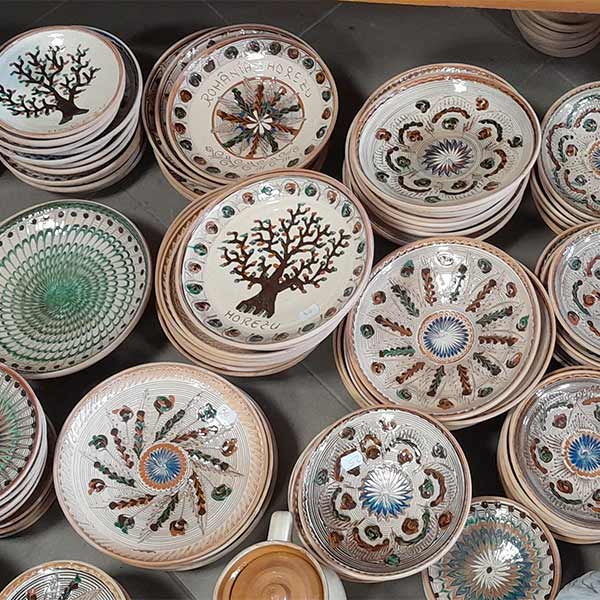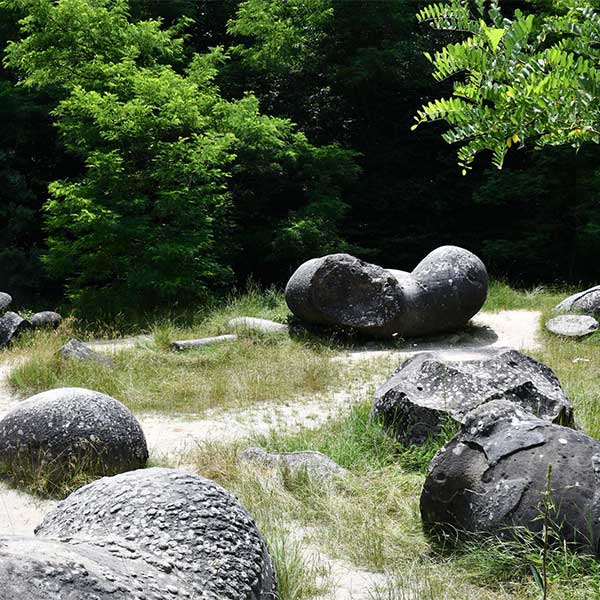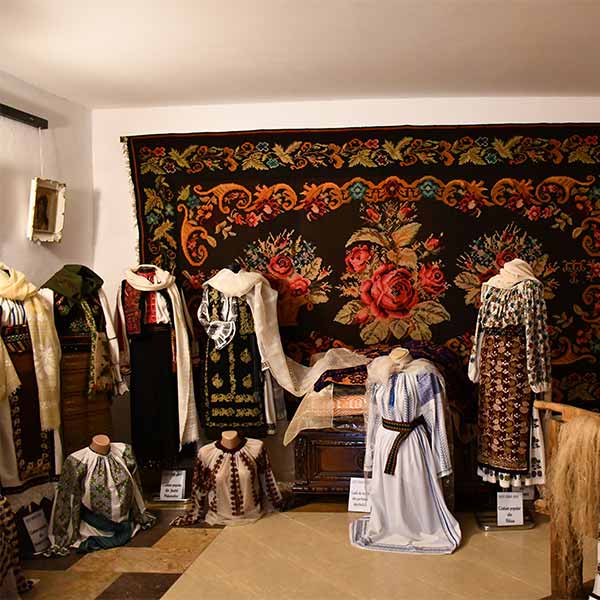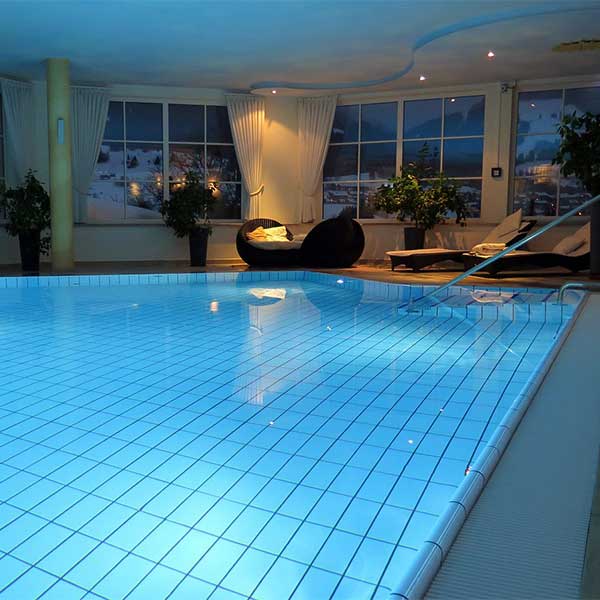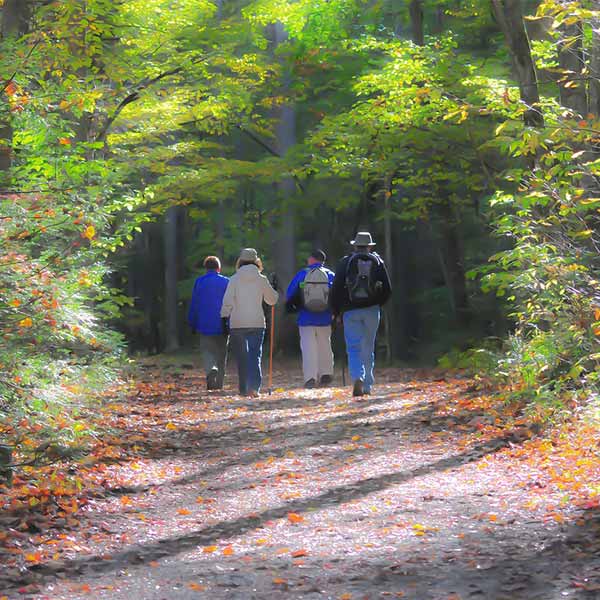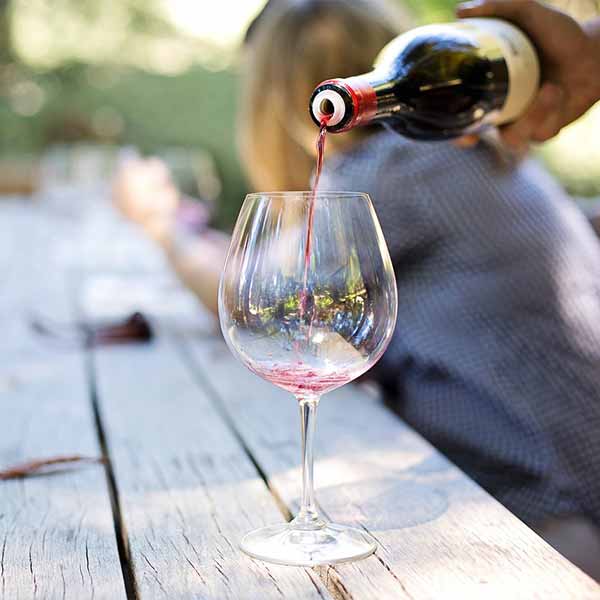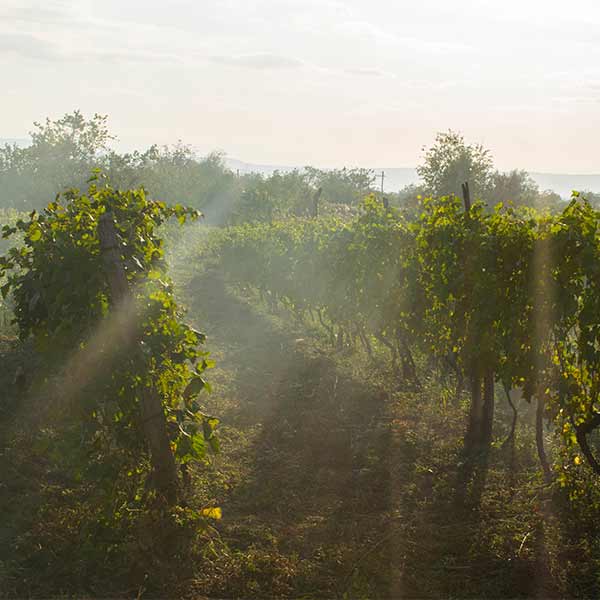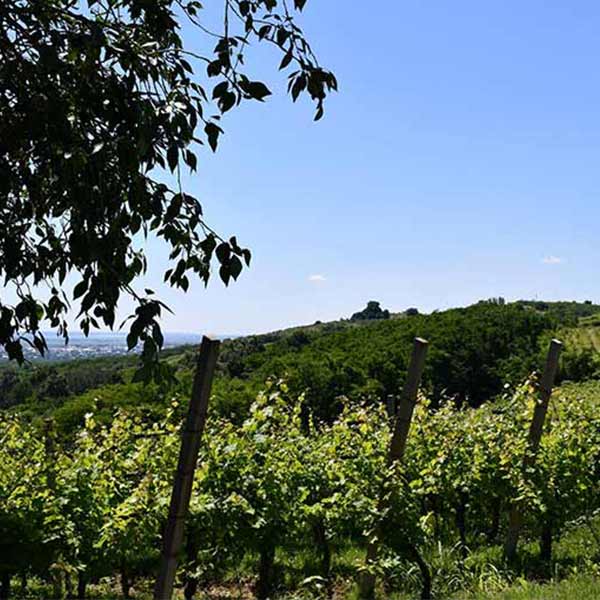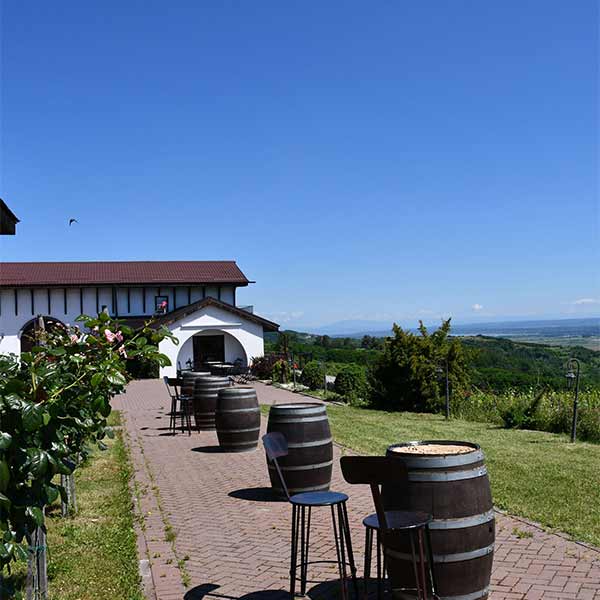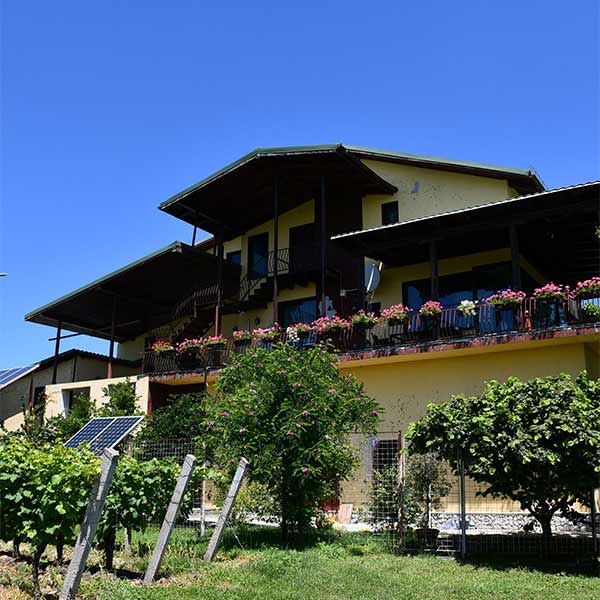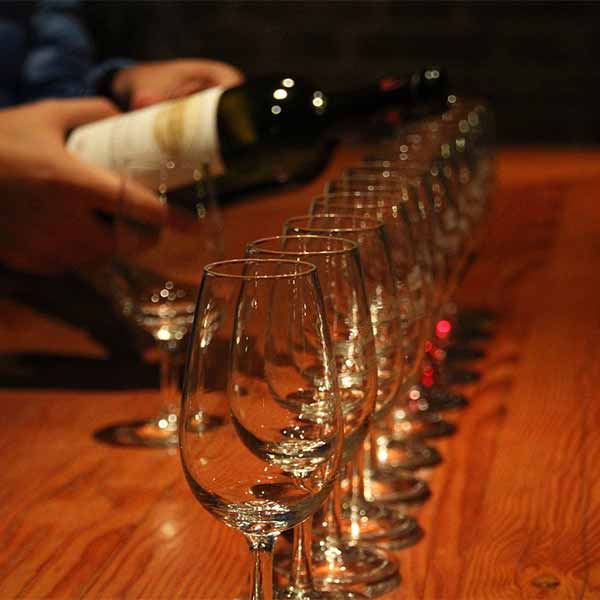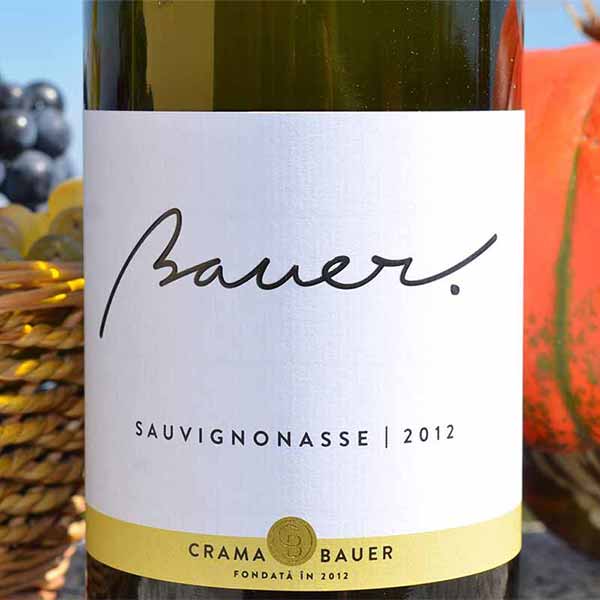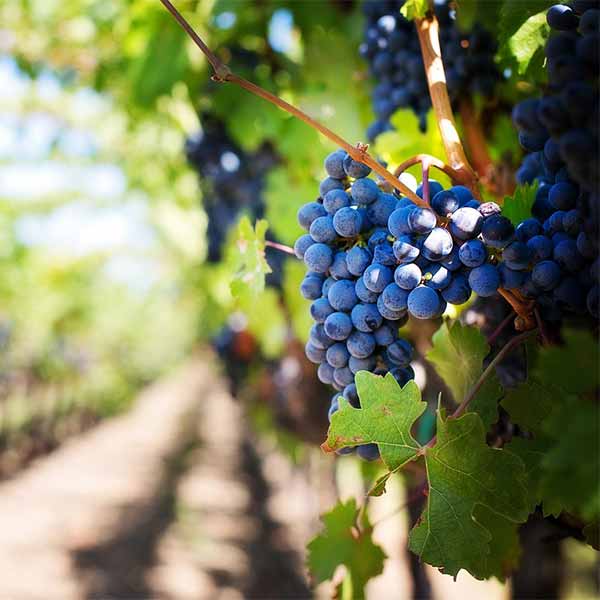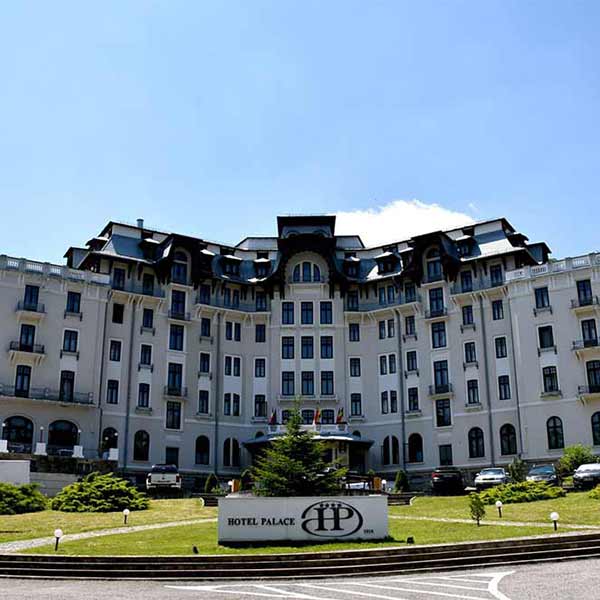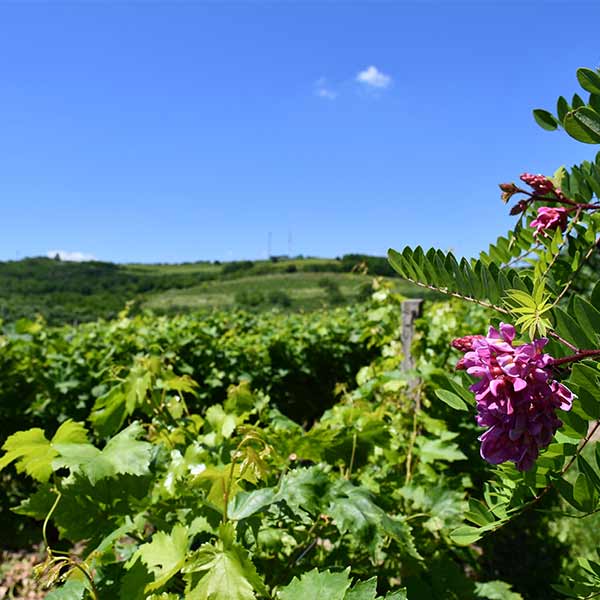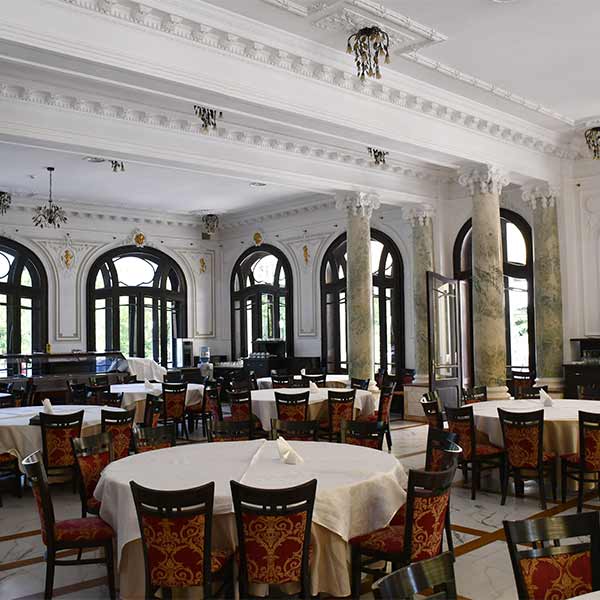
Horezu Ceramics
Horezu is renowned as the centre of Romanian ceramics, a place where the talent and skill of the locals gave birth to traditions and crafts that are still maintained today. Here you can find workshops where you can make different ceramic objects, known all over the world especially for the symbolic motifs used such as: the rooster, the dove, the fish, the wheat ear but also circles, spirals and concentric lines.
All these symbols have a great importance being representative for Christianity but also have a great significance in marking the stages of mankind, such as the vortex of life, immortality and many others. Horezu pottery is a unique type of Romanian pottery that is traditionally produced by hand in the area of the Oltenesc town of Horezu (Valcea county), near the famous Horezu Monastery. It reflects many generations of knowledge and skills in the development of ceramics, which is why the craftsmanship of Horezu ceramics was inscribed on the UNESCO Intangible Cultural Heritage List in December 2012.
Production is divided into manufacturing processes for men and women. So, men extract the earth, which is then cleaned, cut, watered, kneaded, ironed and mixed – turning it into red clay that potters shape in a special finger technique that requires concentration, strength and agility. Each potter has his or her own shaping technique, but each follows the steps of the process. The women decorate the shaped pottery before firing it with special techniques and tools to draw traditional motifs. Their skills in combining decoration and colour determine the personality and uniqueness of these pieces. The colours are bright shades of brown, red, green, blue and the so-called “Horezu yellow”. Horezu potters use many traditional tools, such as a mixer for cleaning the earth, a pottery wheel and comb for shaping, a hollowed-out bull horn and a fine wire-tipped stick for decoration and a wood-burning stove for firing the clay.
This ancient craft is preserved in the ancestral hearth, now known as Olari Street in Horezu, where the artisans shape clay in the same painstaking process as their ancestors. Horezu is a unique historical Romanian ceramic centre where this trade has remained the main source of income for many pottery families such as Ogrezeanu, Vicșoreanu, Iorga, Frigura, Mischiu, Popa, etc. Today this craft is passed on as always in the family circle, but also in workshops from master to apprentice, as well as in pottery festivals and exhibitions.
A dominant symbol in the painting of Horezu vases is the rooster, but there are also other figures such as stars, snakes, trees, people, flowers, fish, the double spiral, the straight line, the wavy line, the leaf, the girdle, the sun, the thorn, the tree of life and the peacock’s tail. There are also two colours specific to the area: red and Horezu yellow.



